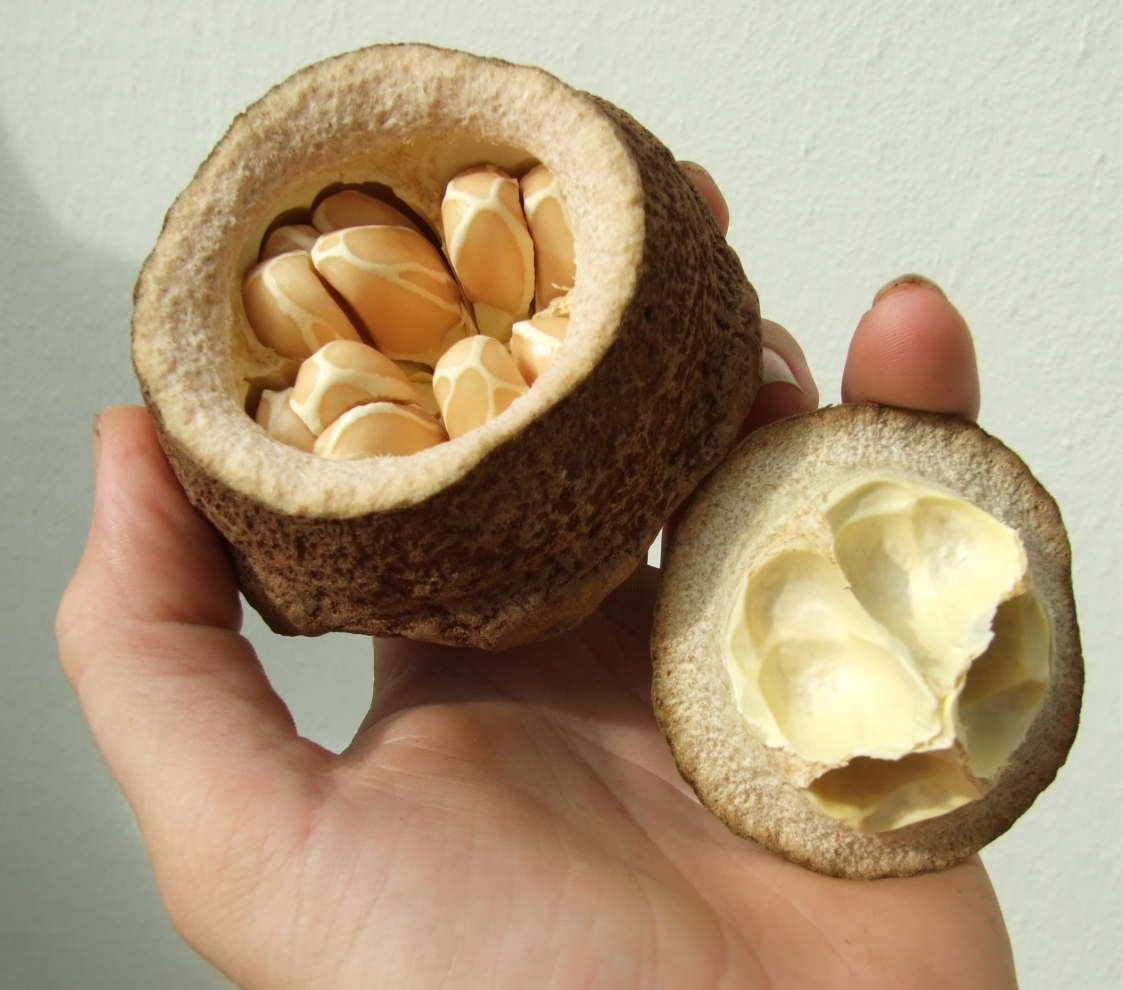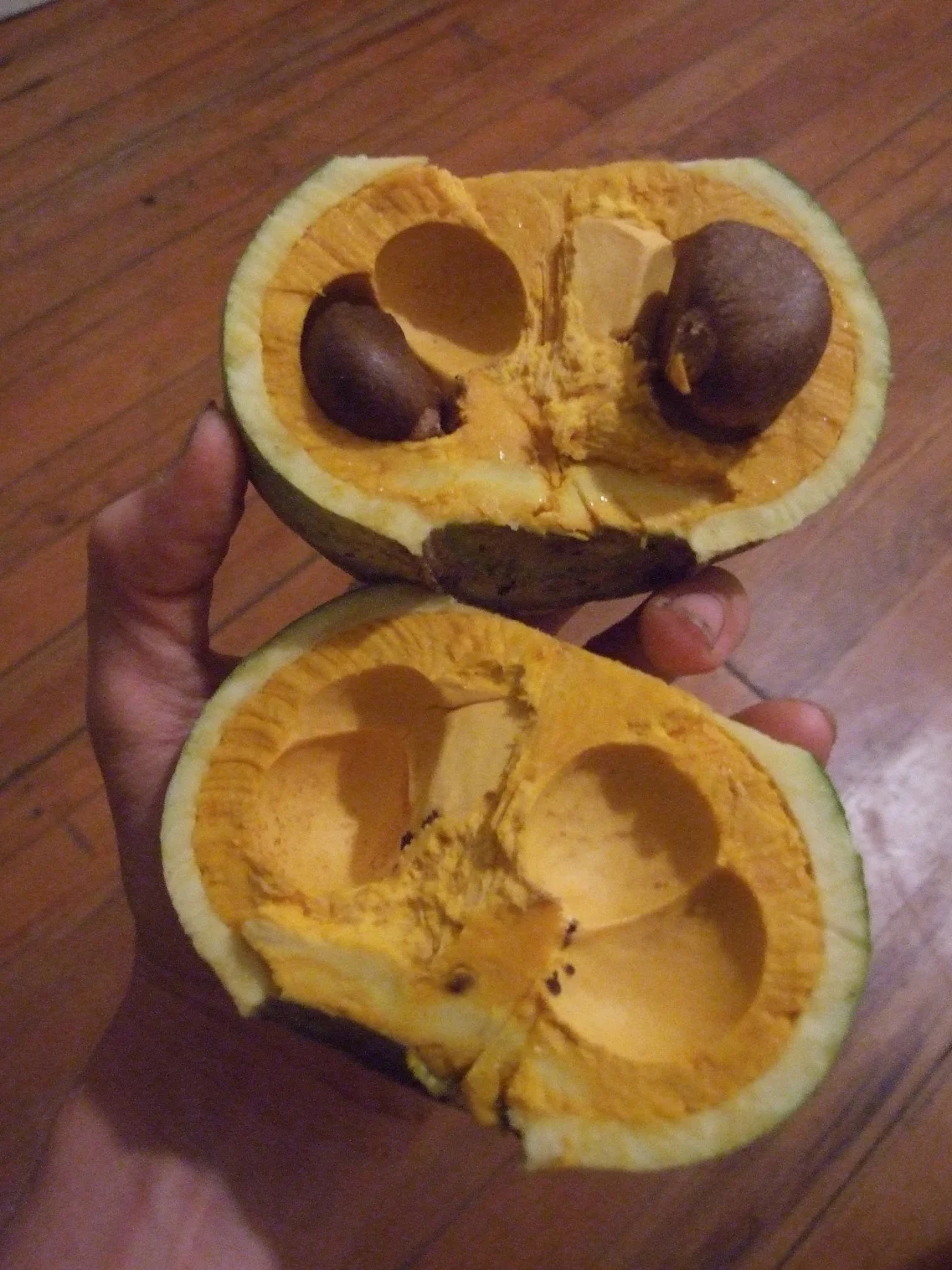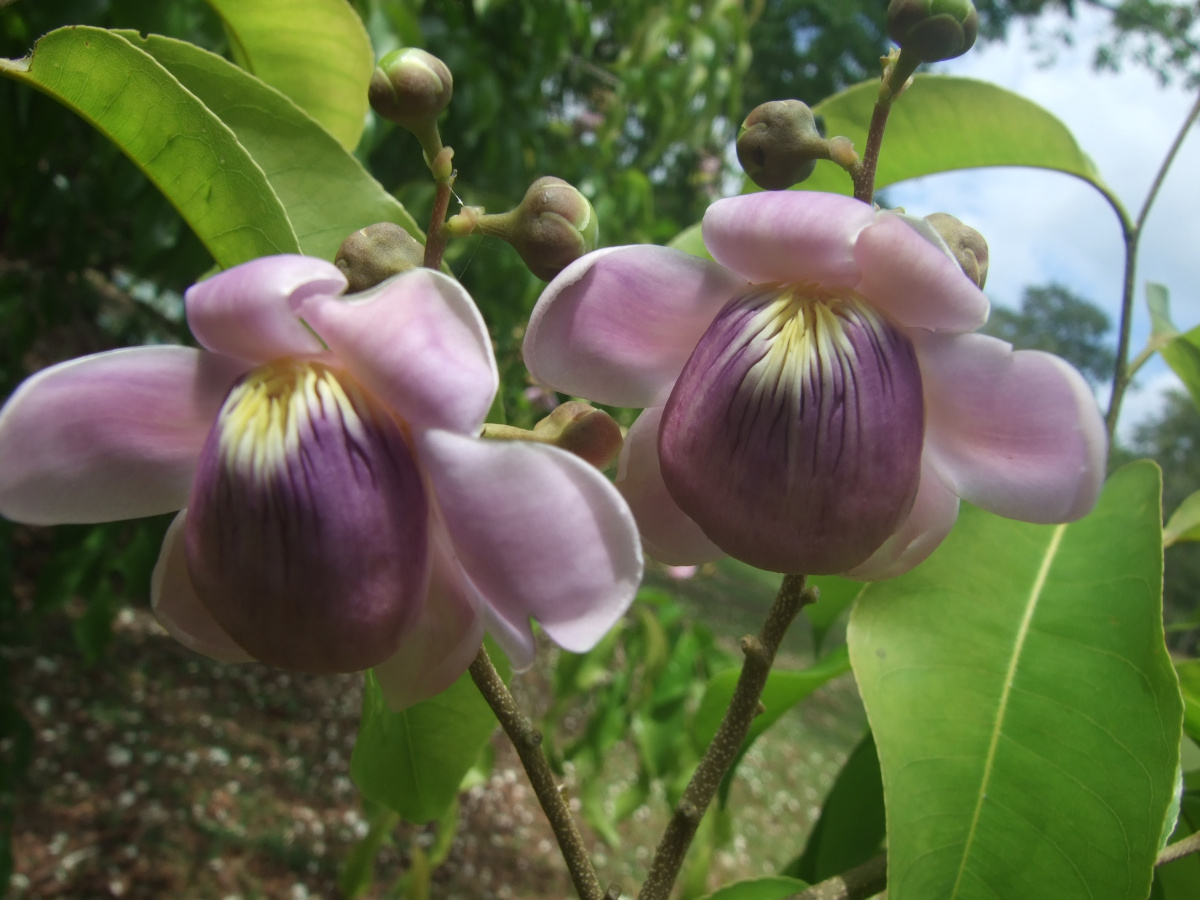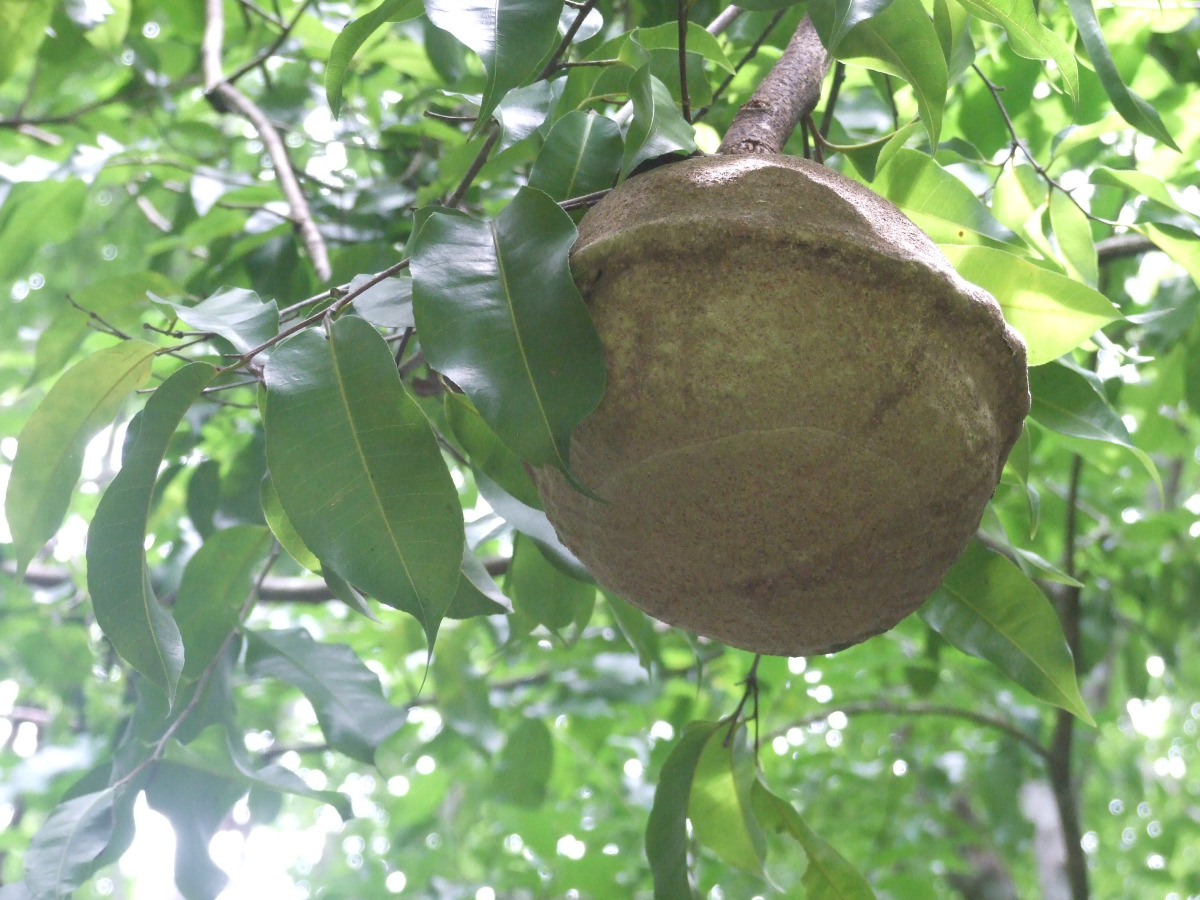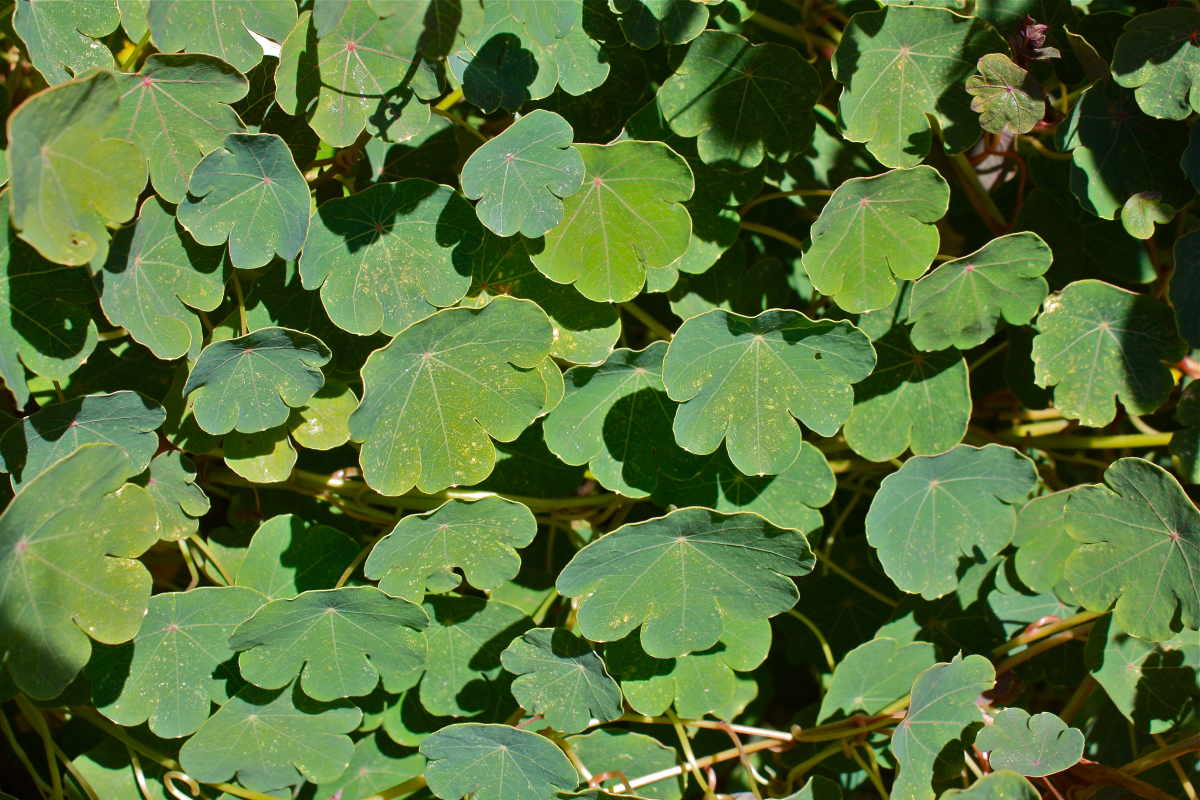I took these photos of Ensete ventricosum growing in the understory of secondary forest in Kenya, E. Africa.
BACKGROUND, ORIGIN AND DISTRIBUTION
Ensete ventricosum, commonly known as the Ethiopian banana, Abyssinian banana, false banana, enset or ensete, Like the domesticated banana, Ensete is technically classified as an herb, the largest herbaceous plant the world. E. ventricosum can grow up to 12 m in height. In Kenya the plant is widespread in the highland areas, both cultivated and growing wild. It can be found most commonly in the wild along streams in upland valleys, ravines, and on the lower slopes of mountains, typically between 1,000 – 2,400 m.
USES AND ETHNOBOTANY
The plant has been cultivated in Ethiopia for thousands of years where it is still considered to be one of the most important and widely cultivated root crops. The pseudostems, corms and stems of flowering branches are used to make a starchy product which is fermented in a pit and then made into a kind of pancake, bread, and porridge.
The Ensete pseudostem has medicinal uses, also used for animal fodder, shade, adornment, roof thatch, and dye. The seeds are used as beads for ornamentation.
PROPAGATION AND CULTIVATION
Ensete ventricosum in the wild in Kenya, E. Africa.
Ensete can be propgated from seed and corm division.
“Enset provides more amount of foodstuff per unit area than most cereals. It is estimated that 40 to 60 ensete plants occupying 250-375 sq. meters can provide enough food for a family of 5 to 6 people.” – Country Information Brief, FAO





